- About Us
- Courses
- Students
- Forms
- Appeal and Complaint Form
- Application for Deferral, Suspension and Withdrawal
- Application for Leave Form
- Assessment Extension Form
- Course Variation Form
- Credit Transfer Application Form
- Enrolment Form (Existing Students)
- Pre-training Review Form
- Refund Application Form
- Student Application Form (New Application)
- Resources
- Our Agents
- News
- Contact Us
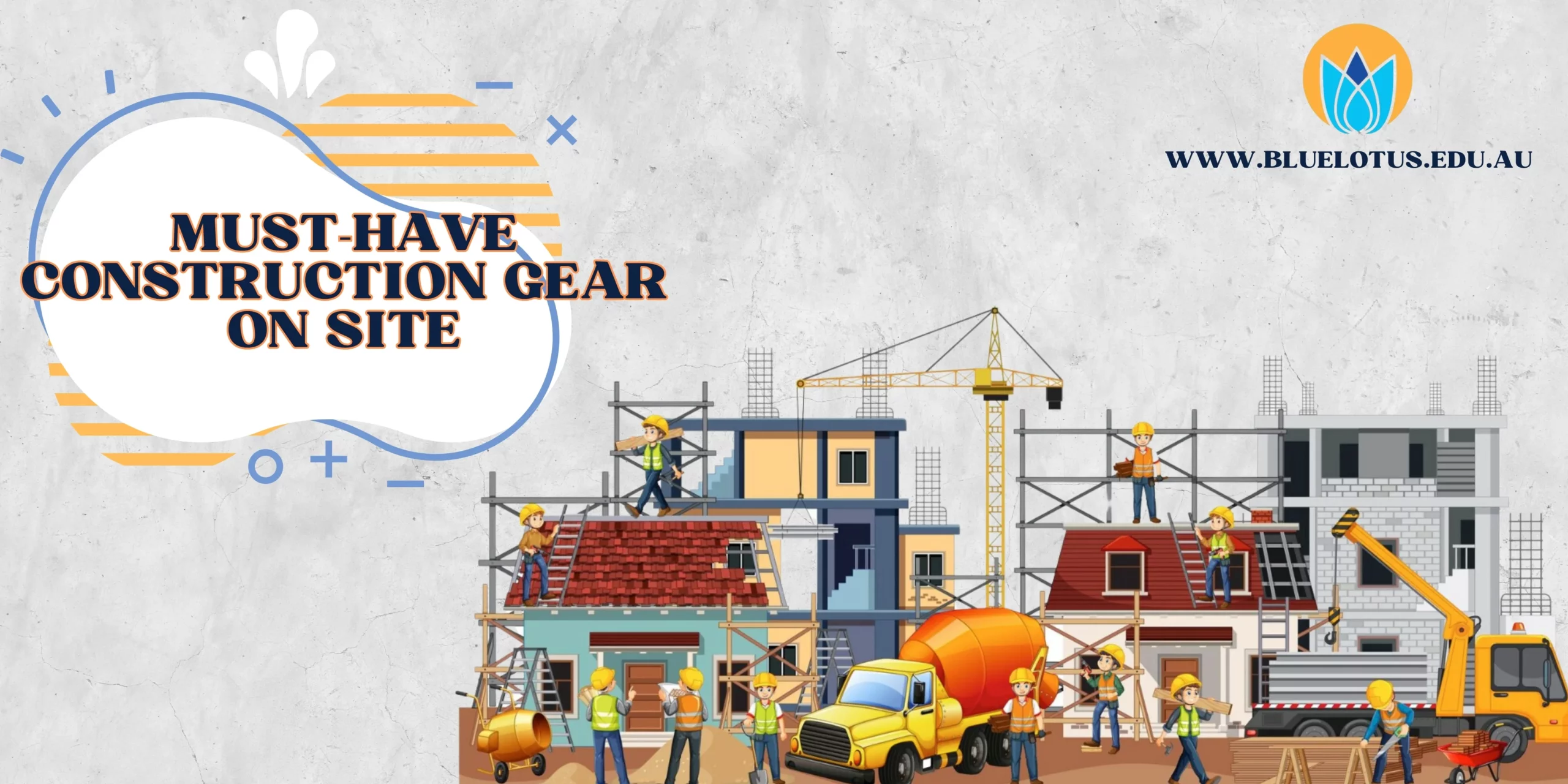
Get In Touch With Us
Must-Have Construction Gear on Site: Guide for Construction Students
Table Of Contents
ToggleIntroduction to Essential Construction Gear
Safety and proper equipment are paramount on construction sites, where workers are frequently exposed to a variety of hazards. Understanding the importance of safety gear and using it correctly can significantly reduce the risk of injuries and improve efficiency.
For students pursuing an Advanced Diploma of Civil Construction Design in Melbourne, familiarizing themselves with essential construction gear is crucial for their safety and effectiveness on the job.
Importance of Safety and Proper Equipment
- Risk Mitigation: Construction sites are fraught with potential dangers, including falling objects, sharp tools, hazardous chemicals, and heavy machinery. Proper safety gear mitigates these risks by providing necessary protection.
- Legal Compliance: Adhering to safety regulations and standards is not only a legal requirement but also a moral obligation to ensure a safe working environment. Compliance helps avoid legal issues and potential fines.
- Injury Prevention: Using the right equipment helps prevent common construction injuries such as cuts, bruises, fractures, and more severe accidents. This ensures workers can continue their tasks without interruption.
- Enhanced Productivity: Efficient use of safety gear and tools streamlines workflow, reduces downtime caused by injuries, and allows workers to perform their tasks more effectively.
- Confidence and Morale: Knowing they are protected, workers can focus better on their tasks, leading to increased confidence and higher morale on the job site.
Essential Construction Gear for Construction Students
Students in Construction Design courses must become familiar with various types of construction gear to ensure their safety and efficiency. This includes understanding the correct use of safety helmets, eye protection, high-visibility clothing, protective gloves, safety boots, respiratory protection, fall protection gear, workwear, wet weather gear, tool belts, bags, and communication devices.
By prioritizing the use of proper construction gear and staying informed about the best practices in construction safety, students can significantly reduce the risks associated with construction work. This comprehensive knowledge and adherence to safety protocols not only ensure personal well-being but also contribute to the overall success and reputation of the projects they undertake.
|
Essential Gear |
Key Benefits |
|---|---|
|
Safety Helmets |
Protects against head injuries from falling objects |
|
Eye Protection |
Shields eyes from dust, debris, and chemical splashes |
|
High-Visibility Clothing |
Enhances visibility, preventing accidents |
|
Protective Gloves |
Safeguards hands from cuts, abrasions, and chemical burns |
|
Safety Boots |
Protects feet from heavy objects, punctures, and slips |
|
Respiratory Protection |
Prevents inhalation of harmful dust, fumes, and chemicals |
|
Fall Protection Gear |
Prevents serious injuries from falls at heights |
|
Workwear |
Ensures durability and comfort in various conditions |
|
Wet Weather Gear |
Keeps workers dry, maintaining comfort and safety |
|
Tool Belts and Bags |
Improves efficiency by keeping tools within reach |
|
Communication Devices |
Ensures efficient coordination and emergency response |
|
First Aid Kits |
Preparedness for minor injuries and emergencies |
By equipping themselves with the essential construction gear and understanding its importance, students can ensure a safer and more productive learning and working environment.
Safety Helmets: Protecting Your Head
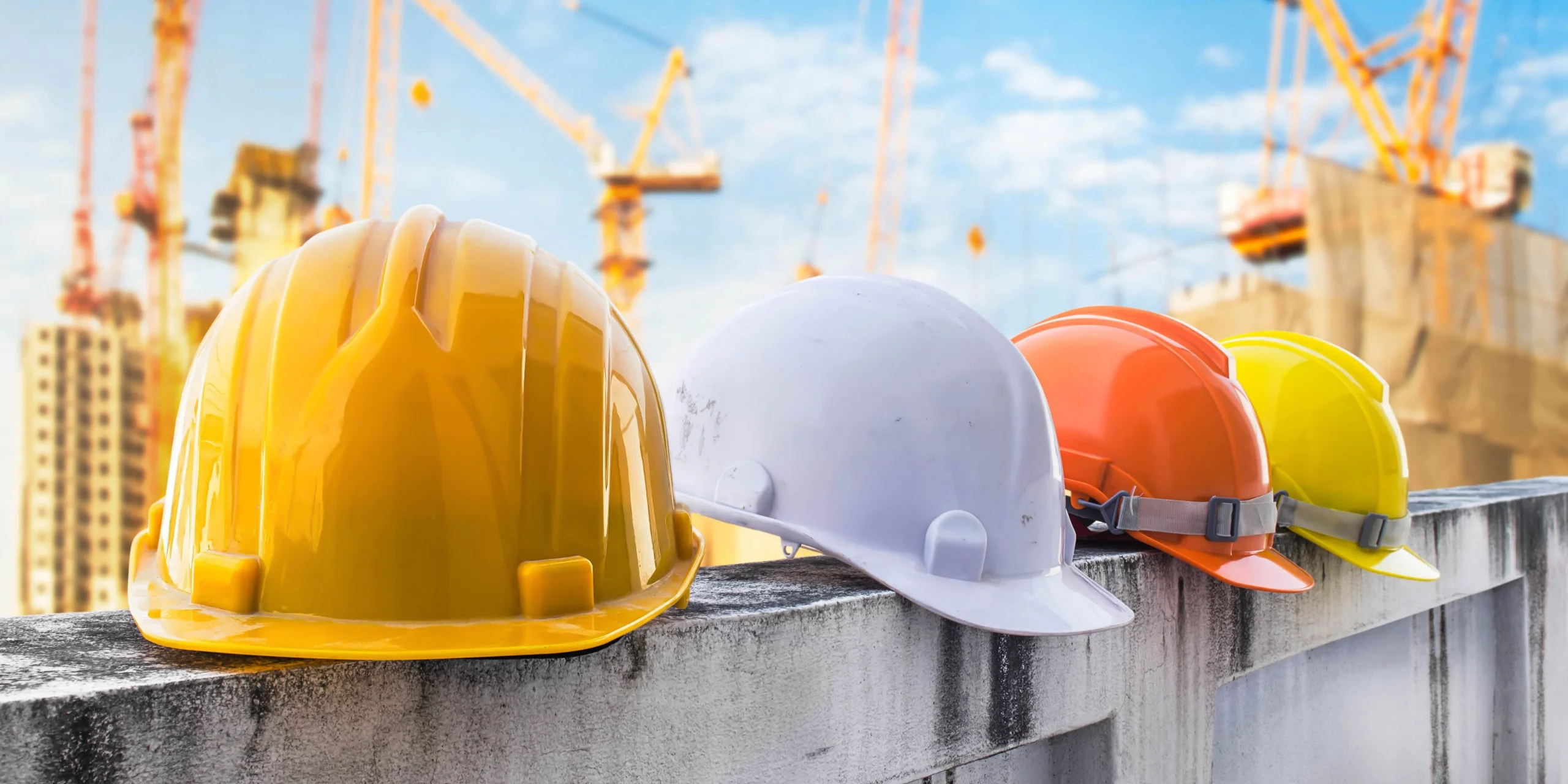
Importance of Safety Helmets
|
Feature |
Benefit |
|---|---|
|
Protection from Falling Objects |
Prevents severe head injuries by absorbing impacts. |
|
Prevention of Accidental Bumps |
Mitigates injury risks from bumps against equipment or structures. |
|
Electrical Insulation |
Offers protection against electrical hazards. |
Types of Safety Helmets
|
Helmet Type |
Features |
Use |
|---|---|---|
|
Hard Hats |
Impact resistance, adjustable suspension systems, electrical insulation |
General construction, electrical work |
|
Full-Brim Hard Hats |
Enhanced sun protection, rain deflection |
Outdoor work, all-weather protection |
|
Bump Caps |
Lightweight construction, ventilation |
Low-impact environments, comfort for extended wear |
Safety Glasses and Face Shields: Eye Protection

Necessity of Eye Protection
|
Hazard |
Importance |
|---|---|
|
Dust and Debris |
Protects against irritation and damage from airborne particles. |
|
Chemical Splashes |
Prevents severe eye injuries from hazardous chemical splashes. |
|
Impact Hazards |
Shields eyes from flying objects and accidental projectiles. |
Types of Safety Glasses and Face Shields
|
Type |
Features |
Use |
|---|---|---|
|
Standard Safety Glasses |
Impact-resistant lenses, side shields |
General construction tasks |
|
Wraparound Safety Glasses |
Wider lens area, UV protection |
Grinding, masonry work |
|
Prescription Safety Glasses |
Customizable lenses, impact resistance |
Workers requiring vision correction |
|
Standard Face Shields |
Full-face protection, impact-resistant visor |
Chemical handling, metalworking |
|
Chemical-Resistant Shields |
Chemical-resistant visor, anti-fog coating |
Handling hazardous chemicals |
|
Heat-Resistant Shields |
Heat-resistant materials, reflective coatings |
Welding, metal casting |
High-Visibility Clothing: Staying Visible
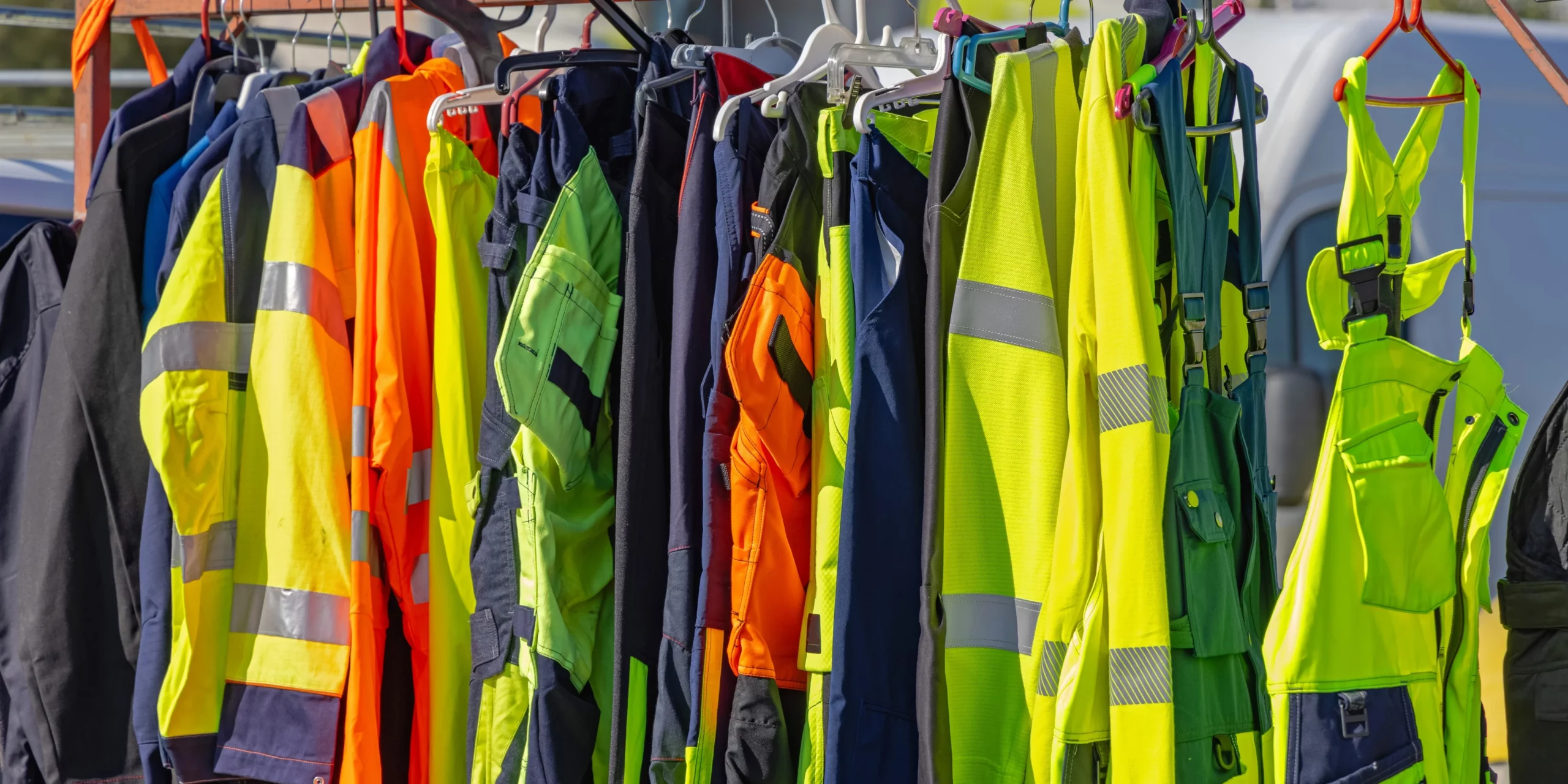
Importance of High-Visibility Clothing
|
Benefit |
Description |
|---|---|
|
Enhancing Visibility |
Makes workers stand out, reducing accident risks. |
|
Preventing Accidents |
Ensures machinery operators and other workers notice them. |
|
Improving Safety in Low-Light Conditions |
Critical for visibility in poor lighting environments. |
Types of High-Visibility Gear
|
Gear Type |
Features |
Use |
|---|---|---|
|
Hi-Vis Vests |
Lightweight, breathable, reflective strips |
General construction, traffic control |
|
Hi-Vis Jackets |
Durable, weather-resistant, reflective strips |
Outdoor work in varying weather conditions |
|
Hi-Vis Pants |
Fluorescent material, reflective strips |
Full-body visibility, ground-level tasks |
Protective Gloves: Hand Safety
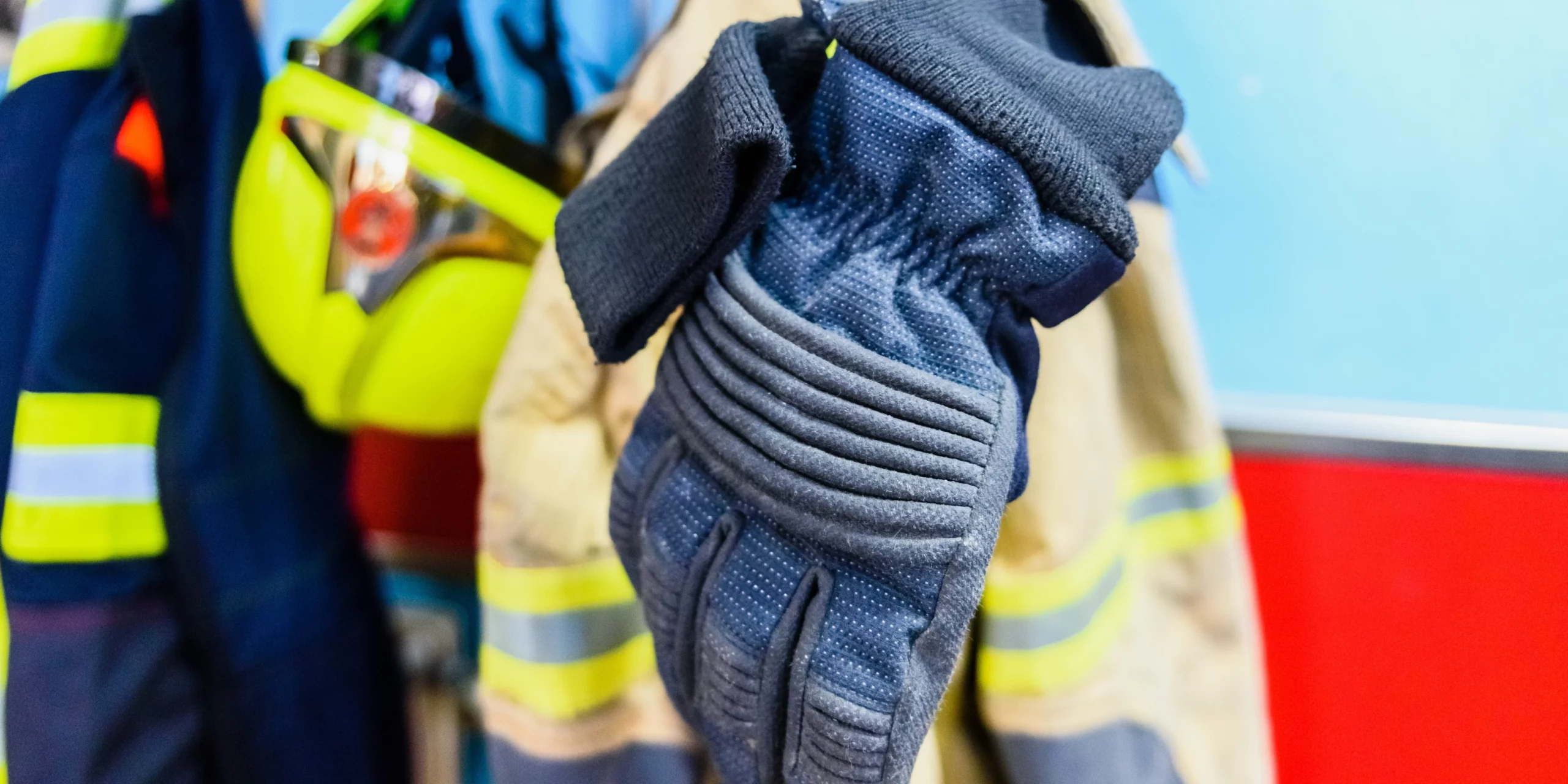
Importance of Protective Gloves
|
Benefit |
Description |
|---|---|
|
Prevention of Injuries |
Protects from cuts, abrasions, punctures, and impacts. |
|
Chemical Safety |
Provides a barrier against harmful chemicals. |
|
Enhanced Grip |
Improves grip when handling heavy machinery. |
Types of Protective Gloves
|
Glove Type |
Features |
Use |
|---|---|---|
|
Cut-Resistant Gloves |
Made from Kevlar, HPPE, or stainless steel mesh |
Handling sharp objects, cutting, metalwork |
|
Chemical-Resistant Gloves |
Made from nitrile, latex, neoprene, or PVC |
Handling chemicals, paints, solvents |
|
Impact-Resistant Gloves |
Padded areas on knuckles and back of hand |
Working with heavy machinery, tools, and equipment |
|
General Purpose Gloves |
Made from cotton, leather, synthetic blends |
General construction tasks, lifting, carrying |
|
Heat-Resistant Gloves |
Made from Kevlar or leather |
Welding, metal casting, handling hot materials |
|
Disposable Gloves |
Made from nitrile, latex, or vinyl |
Tasks requiring hygiene, working with non-hazardous materials |
Safety Boots: Foot Protection
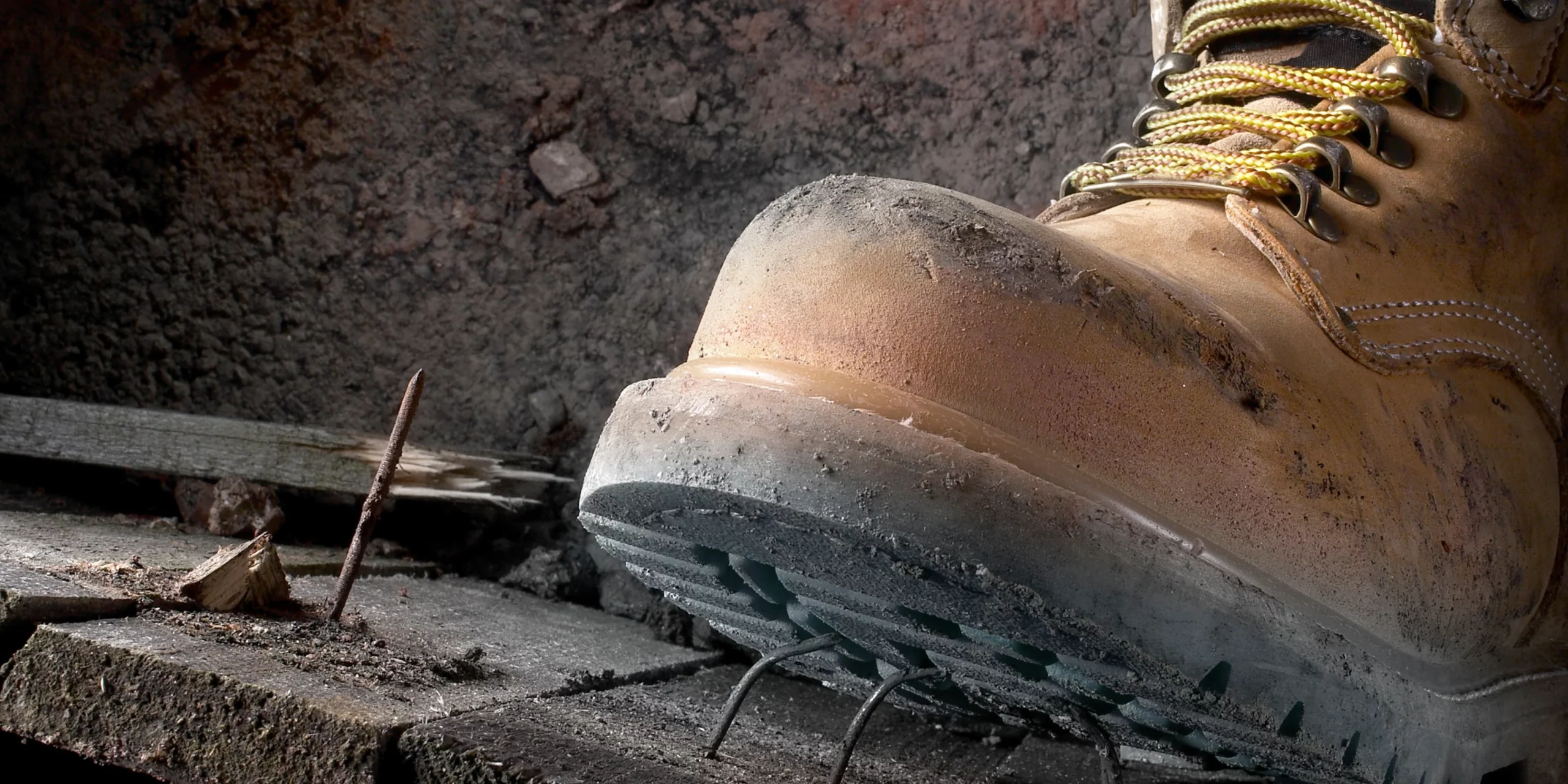
Need for Sturdy, Steel-Toed Safety Boots
|
Feature |
Benefit |
|---|---|
|
Protection from Heavy Objects |
Prevents crushing injuries by withstanding heavy impacts. |
|
Puncture Resistance |
Prevents injuries from sharp objects penetrating the sole. |
|
Overall Foot Safety |
Protects against electrical shocks, chemical spills, and extreme temperatures. |
Key Features of Safety Boots
|
Feature |
Description |
Benefit |
|---|---|---|
|
Steel Toe Caps |
Reinforced toe areas made of steel or composite |
Provides critical protection against impacts and compression |
|
Slip-Resistant Soles |
Special treads and materials for enhanced grip |
Reduces risk of slips and falls, ensuring stability |
|
Ankle Support |
High-cut designs with padding and adjustable laces |
Provides additional support, reducing sprain risks |
|
Waterproofing |
Materials and techniques that prevent water entry |
Keeps feet dry, preventing discomfort and health issues |
|
Durability |
High-quality materials like leather or synthetics |
Ensures long-lasting wear in harsh conditions |
|
Comfort Features |
Cushioned insoles, breathable linings, ergonomic designs |
Reduces foot fatigue, improving productivity and well-being |
|
Electrical Hazard Protection |
Non-conductive materials and designs |
Protects against electrical hazards |
Respiratory Protection: Breathing Safely
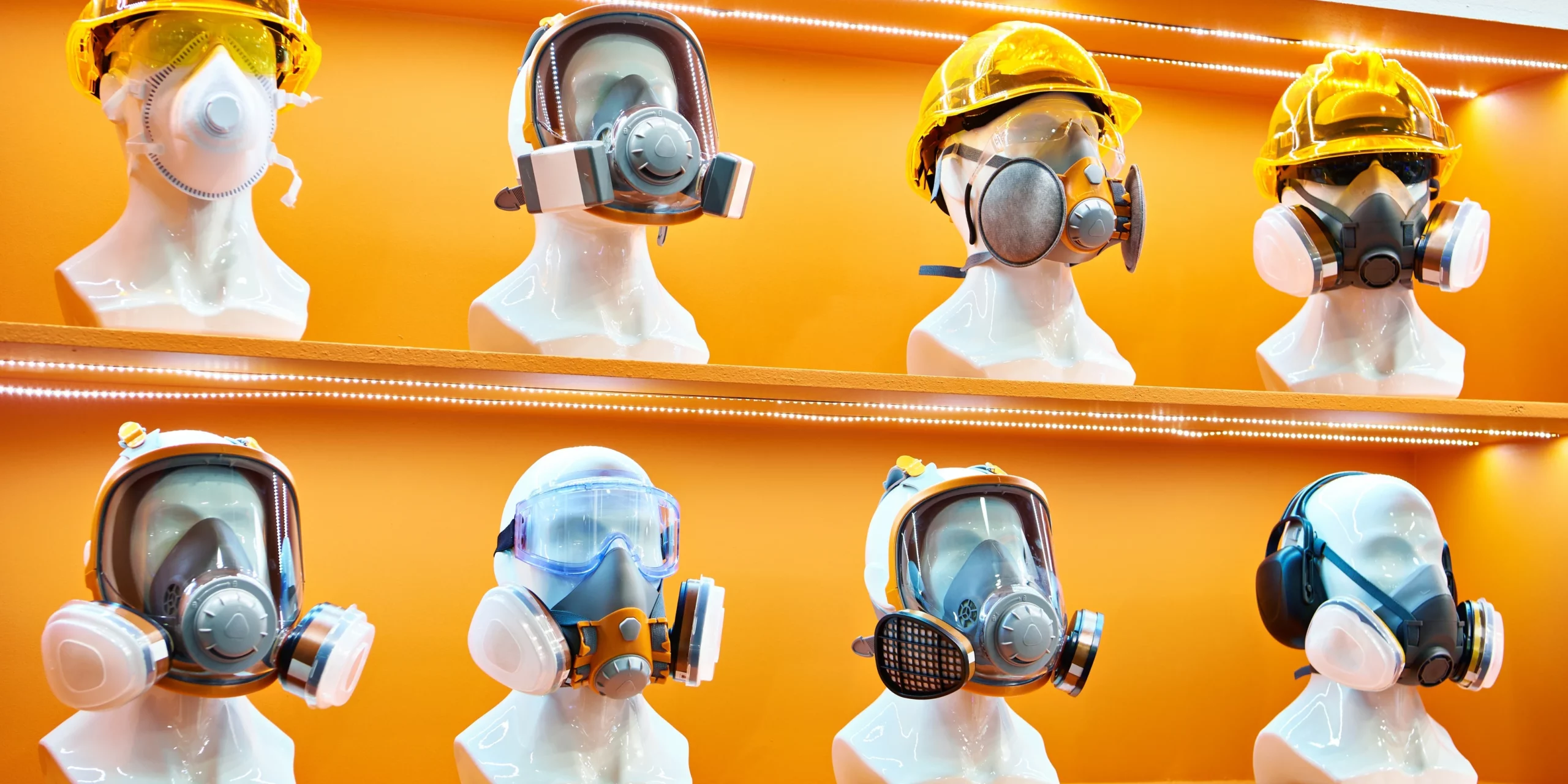
Types of Respiratory Protection
|
Respirator Type |
Description |
Use |
Benefits |
|---|---|---|---|
|
Dust Masks |
Lightweight masks for non-toxic dust |
Sanding, sweeping, cutting wood or drywall |
Basic protection against airborne particles |
|
Half-Face Respirators |
Masks covering nose and mouth with replaceable cartridges |
Painting, welding, working with certain chemicals |
More protection than dust masks, reusable, secure fit |
|
Full-Face Respirators |
Masks covering the entire face |
Handling hazardous chemicals, confined spaces |
Comprehensive protection, includes eye protection |
|
Powered Air-Purifying Respirators (PAPRs) |
Battery-powered blower pulls air through filters |
Asbestos removal, working in contaminated areas |
Continuous flow of filtered air, enhances comfort |
|
Self-Contained Breathing Apparatus (SCBA) |
Supplies clean air from a tank |
Rescue operations, low oxygen areas |
Highest level of respiratory protection |
Fall Protection Gear: Preventing Falls
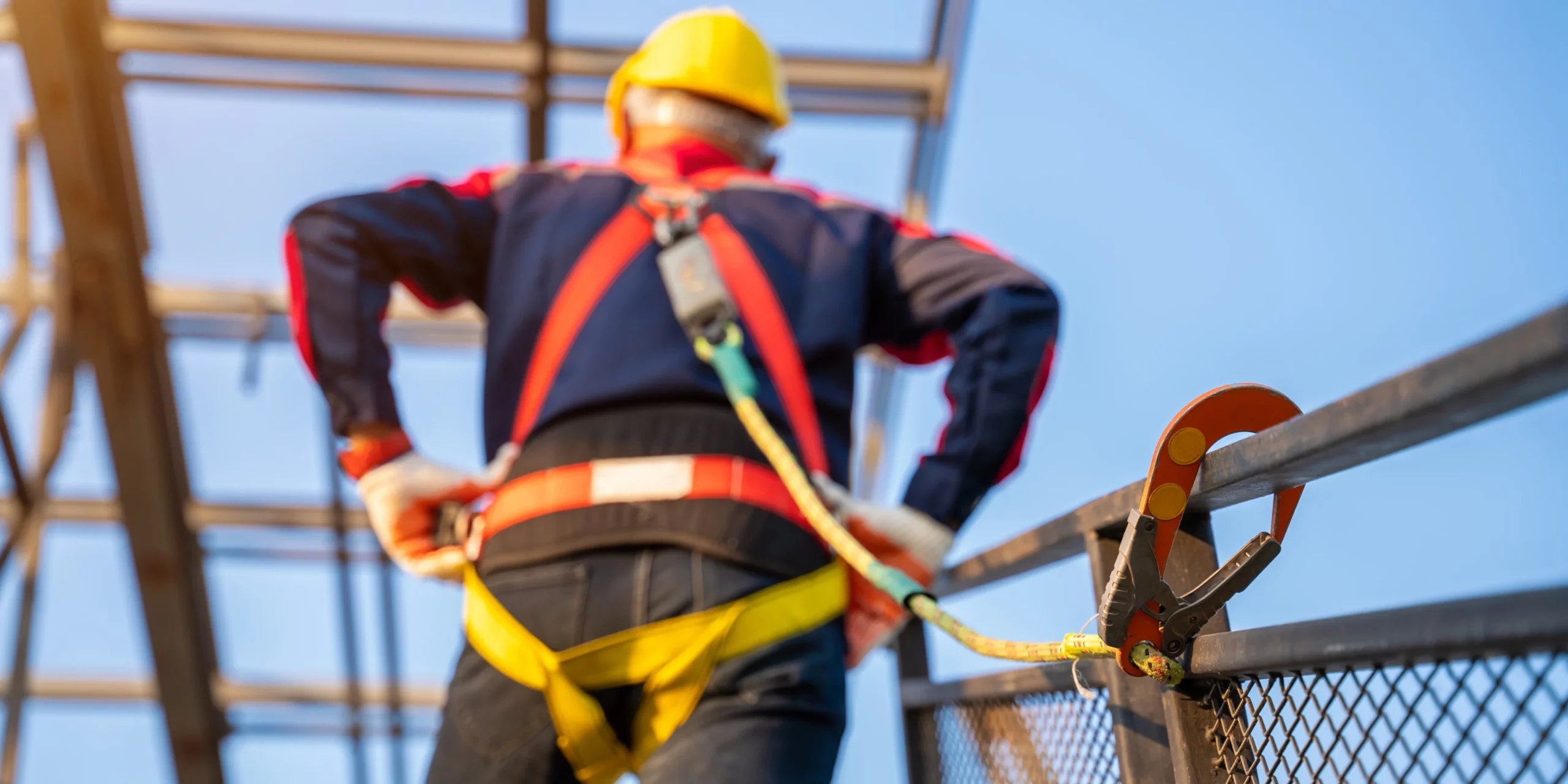
Importance of Fall Protection Gear
|
Benefit |
Description |
|---|---|
|
Preventing Serious Injuries |
Reduces risk of severe injuries or fatalities from falls. |
|
Compliance with Safety Regulations |
Ensures adherence to workplace safety standards and regulations. |
|
Enhancing Worker Confidence |
Increases worker confidence and productivity by ensuring safety. |
Types of Fall Protection Equipment
|
Equipment Type |
Features |
Use |
Benefits |
|---|---|---|---|
|
Full-Body Harnesses |
Adjustable straps, D-rings, padding |
Roofing, scaffolding, tower climbing |
Secure fit, distributes force of fall across the body |
|
Shock-Absorbing Lanyards |
Built-in shock absorbers, durable webbing |
Construction, maintenance, inspections |
Reduces impact forces, prevents serious injuries |
|
Self-Retracting Lanyards (SRLs) |
Automatic braking system, durable housing |
Climbing ladders, elevated platforms |
Continuous fall protection, reduces trip hazards |
|
Perimeter Safety Nets |
High-strength netting, secure attachment points |
Large-scale construction projects |
Provides secondary fall protection, covers large areas |
|
Debris Nets |
Heavy-duty netting, fire-resistant materials |
Sites with multiple levels, overhead work |
Prevents injuries from falling objects |
|
Temporary Anchor Points |
Portable, adjustable anchors |
Temporary tasks, where permanent anchors are unavailable |
Flexibility and security for fall protection systems |
|
Permanent Anchor Points |
Fixed anchors, durable materials |
Permanent installations on buildings, towers |
Reliable and continuous fall protection |
Workwear: Durable and Comfortable Clothing
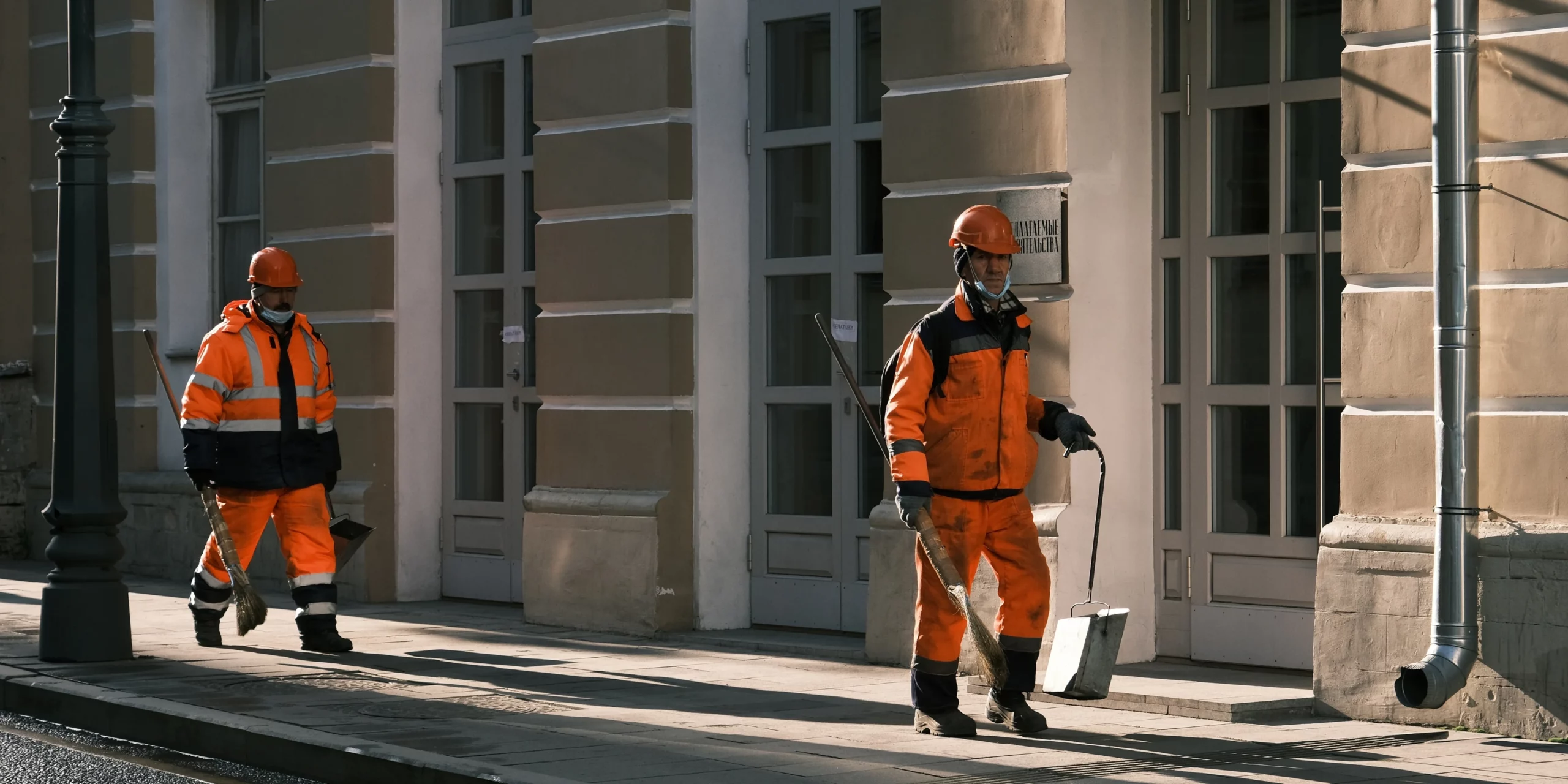
Importance of Durable and Comfortable Clothing
|
Clothing Type |
Description |
Use |
Benefits |
|---|---|---|---|
|
Heavy-Duty Pants |
Made from tough materials like denim or canvas |
Heavy lifting, kneeling, rough surfaces |
Protection against abrasions and cuts |
|
Breathable Shirts |
Made from breathable fabrics like cotton or synthetics |
Various weather conditions |
Enhances comfort by allowing air circulation |
|
Work Jackets |
Durable, weather-resistant materials, reinforced seams |
Protection against wind, rain, cold |
Keeps workers warm and dry, preventing health issues |
|
High-Visibility Clothing |
Brightly colored vests, jackets, pants with reflective strips |
Low-light conditions, high-traffic areas |
Reduces risk of accidents by ensuring visibility |
|
Safety Footwear |
Boots with steel toes, slip-resistant soles, waterproofing |
Protects from heavy objects, punctures, wet conditions |
Prevents foot injuries, ensures stability and comfort |
Wet Weather Gear: Staying Dry and Safe
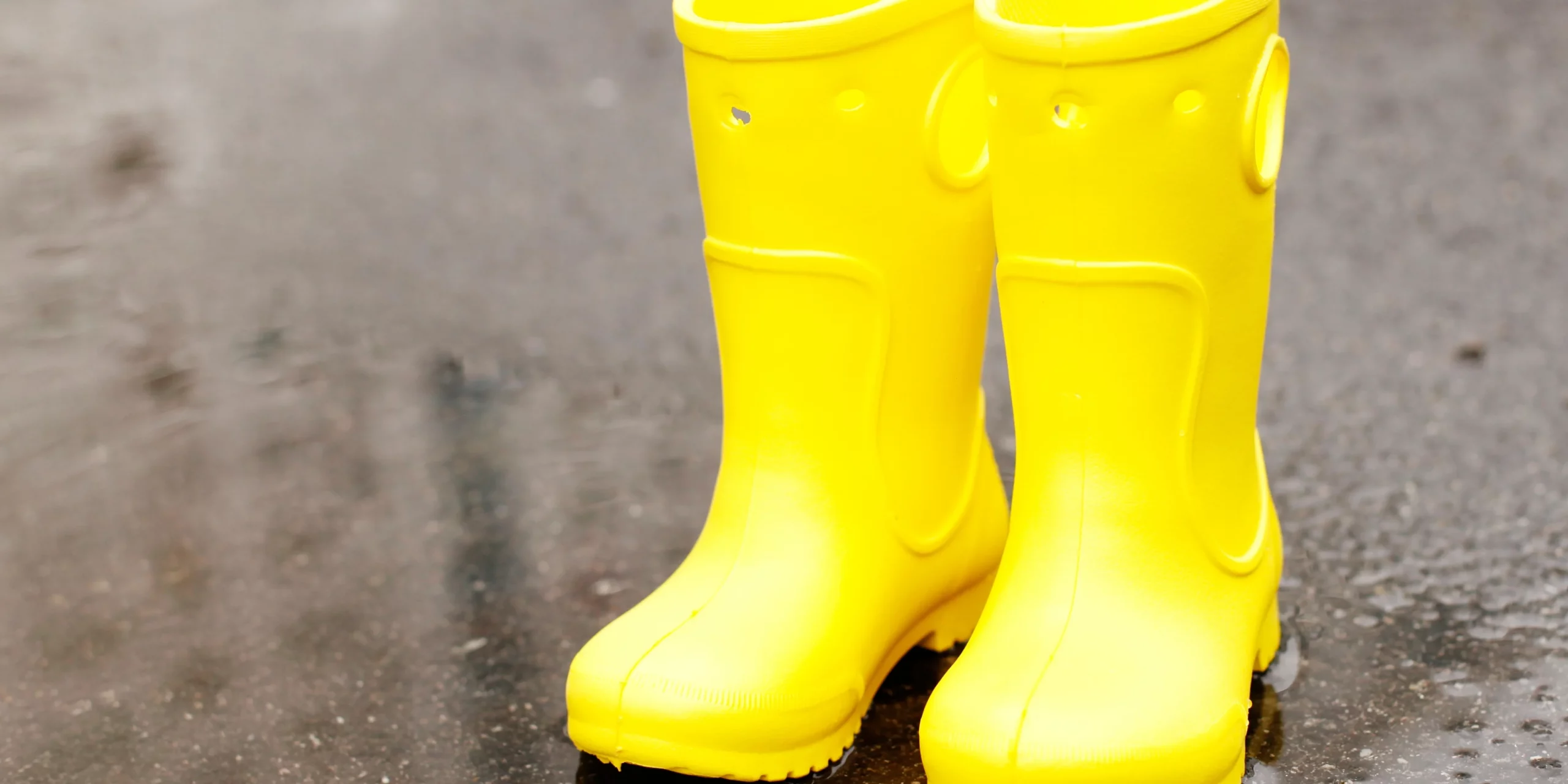
Importance of Wet Weather Gear
|
Gear Type |
Description |
Use |
Benefits |
|---|---|---|---|
|
Waterproof Jackets |
Water-resistant materials, sealed seams and zippers |
Protecting upper body from rain and moisture |
Keeps upper body dry, prevents colds and discomfort |
|
Waterproof Pants |
Similar materials to jackets, adjustable waists and cuffs |
Protecting lower body from rain, mud, splashes |
Keeps legs dry, prevents chafing, maintains body temperature |
|
Waterproof Boots |
Made from rubber or treated leather |
Working in puddles, mud, rainy conditions |
Keeps feet dry, provides slip-resistant soles for better traction |
Tool Belts and Bags: Keeping Tools Handy
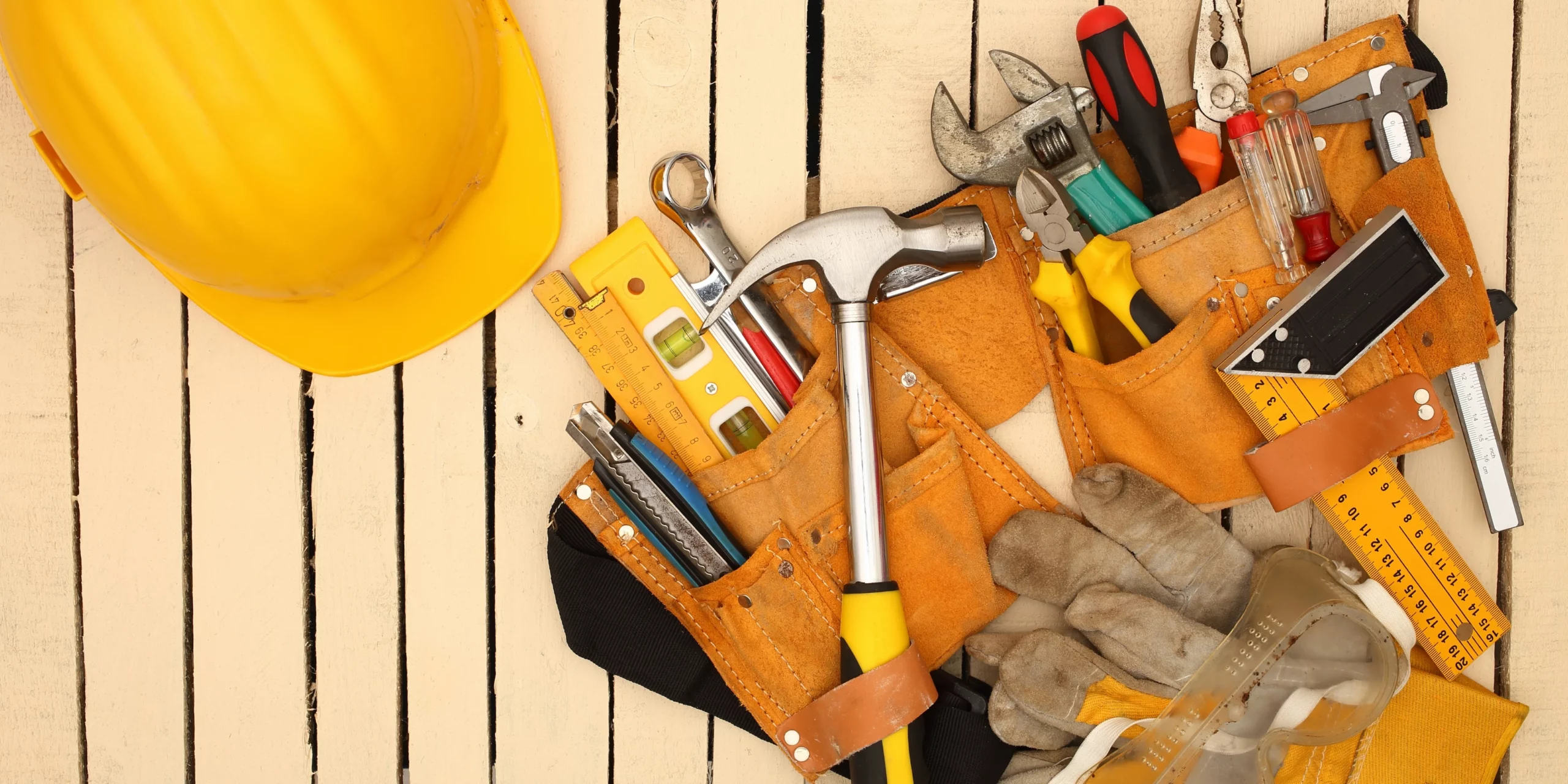
Advantages of Using Tool Belts and Bags
|
Advantage |
Description |
|---|---|
|
Increased Efficiency |
Tools within arm’s reach, less time spent searching for tools |
|
Organization |
Multiple pockets and compartments for specific tools |
|
Reduced Risk of Misplacing Tools |
Secure storage, tools less likely to be left behind or misplaced |
|
Improved Safety |
Hands-free work, balanced weight distribution |
Different Styles of Tool Belts and Bags
|
Style |
Description |
Use |
Benefits |
|---|---|---|---|
|
Standard Tool Belts |
Wrap around the waist, multiple pockets and loops |
General construction tasks |
Quick access to tools, easy to put on and take off |
|
Suspenders Tool Belts |
Combine a standard tool belt with suspenders |
Carrying heavier tools, prolonged wear |
Reduces lower back strain, provides additional support |
|
Tool Bags |
Portable bags with handles or shoulder straps |
Transporting larger number of tools |
More storage space, easy to carry to different locations |
|
Pouches and Holsters |
Smaller, specialized pouches or holsters |
Specific tools like hammers, pliers, drills |
Keeps frequently used tools easily accessible, customizable |
|
Backpack Tool Bags |
Designed like a traditional backpack |
Transporting tools over longer distances |
Distributes weight evenly, providing comfort and reducing fatigue |
Communication Devices: Staying Connected
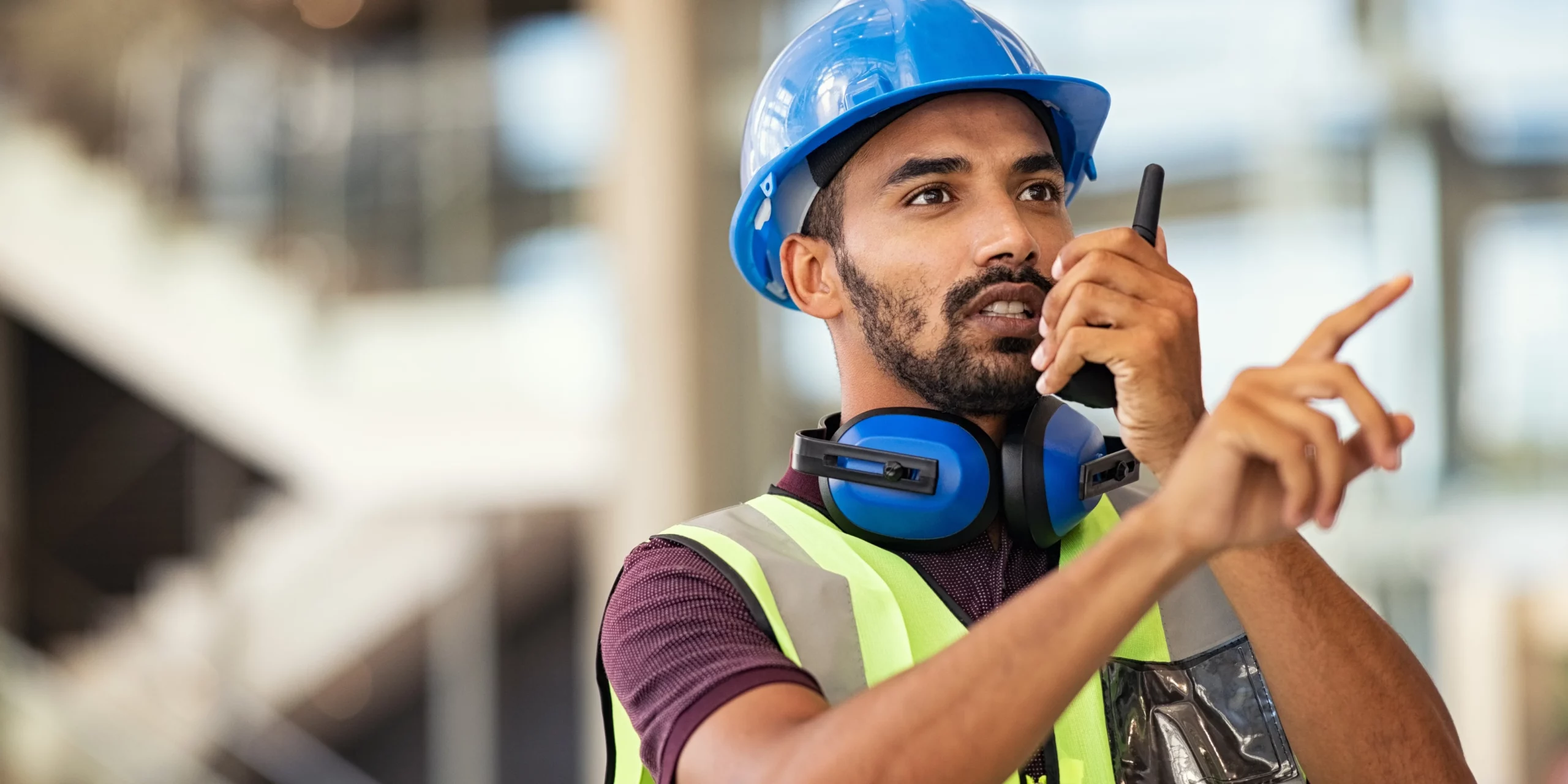
Importance of Communication Devices
|
Benefit |
Description |
|---|---|
|
Efficient Coordination |
Helps coordinate tasks, allocate resources, and manage schedules |
|
Safety and Emergency Response |
Quick and reliable communication for reporting accidents or hazards |
Types of Communication Devices
|
Device Type |
Features |
Use |
Benefits |
|---|---|---|---|
|
Two-Way Radios |
Push-to-talk button, multiple channels, long battery life |
Real-time communication across large sites |
Instant communication, reliable in remote areas |
|
Smartphones |
Internet access, GPS, various apps |
Detailed messaging, sharing site conditions |
Versatile communication options, enhances productivity |
|
Walkie-Talkies |
Push-to-talk communication, simple controls |
Quick communication in smaller areas |
Easy to use, cost-effective, efficient for short distances |
|
Bluetooth Headsets |
Wireless, noise-canceling microphones |
Hands-free communication |
Enhances safety, reduces background noise, improves clarity |
|
Satellite Phones |
Use satellites instead of cell towers |
Communication in remote areas |
Reliable in areas without cellular networks, essential for safety |
|
Construction-Specific Apps |
Real-time messaging, task management, document sharing |
Coordinating complex projects |
Streamlines communication, enhances collaboration |
Importance of First Aid Kits
|
Benefit |
Description |
|---|---|
|
Immediate Response |
Provides quick access to medical supplies for treating minor injuries on site. |
|
Stabilizing Injuries |
Helps stabilize injuries until professional medical help can be obtained. |
|
Reducing Severity |
Prevents minor injuries from becoming more serious by offering immediate care. |
|
Compliance with Regulations |
Ensures adherence to workplace safety regulations and standards. |
Essential Items for a Construction Site First Aid Kit
|
Item |
Purpose |
|---|---|
|
Adhesive Bandages |
Cover small cuts and abrasions. |
|
Sterile Gauze Pads |
Dress larger wounds and absorb blood. |
|
Adhesive Tape |
Secure bandages and gauze. |
|
Antiseptic Wipes |
Clean and disinfect wounds. |
|
Antiseptic Solution |
Disinfect wounds and prevent infection. |
|
Scissors |
Cut tape, gauze, and clothing. |
|
Tweezers |
Remove splinters or debris from wounds. |
|
Disposable Gloves |
Protect against infection and contamination. |
|
Instant Cold Packs |
Reduce swelling and numb pain from injuries. |
|
Elastic Bandages |
Provide support and compression for sprains and strains. |
|
Eye Wash Solution |
Flush out foreign objects and chemicals from eyes. |
|
CPR Face Shield |
Protect during mouth-to-mouth resuscitation. |
|
Burn Cream |
Soothe minor burns and prevent infection. |
|
Pain Relievers |
Alleviate pain from minor injuries. |
|
First Aid Manual |
Provide instructions for basic first aid procedures. |
By equipping the construction site with a comprehensive first aid kit and ensuring it is well-stocked and easily accessible, students can be better prepared to handle emergencies and minor injuries promptly and effectively. Regular checks and maintenance of the first aid kit ensure that all items are available and in good condition when needed.
Conclusion: Prioritizing Safety and Efficiency
Using proper construction gear is essential for ensuring both safety and efficiency on construction sites. The right equipment protects workers from potential hazards, reduces the risk of injuries, and enhances overall productivity. For students in Construction Design courses in Melbourne, investing in quality gear and staying updated on best practices for construction safety are crucial steps toward a successful and secure career in the construction industry.
Summary of Importance
|
Aspect |
Importance |
|---|---|
|
Enhanced Safety |
Proper gear such as safety helmets, glasses, and boots protect from common hazards. |
|
Improved Efficiency |
Tools like tool belts, communication devices, and high-visibility clothing streamline workflow. |
|
Comfort and Durability |
Quality workwear ensures comfort in various conditions and withstands harsh environments. |
Encouragement to Students
- Invest in Quality Gear: Quality construction gear may come at a higher initial cost, but its benefits in terms of safety, durability, and comfort make it a worthwhile investment.
- Stay Updated on Best Practices: Regularly update yourself on the latest safety protocols and attend training sessions.
- Adopt a Safety-First Mindset: Prioritizing safety fosters a culture of safety within the team, leading to a safer and more productive work environment.
By prioritizing the use of proper construction gear and staying informed about the best practices in construction safety, students in Construction Design courses in Melbourne can significantly reduce the risks associated with construction work. Emphasizing safety and efficiency not only ensures personal well-being but also contributes to the overall success and reputation of the projects they undertake. Equip yourself with the essential gear and knowledge to excel in the construction industry, and always prioritize safety on every job site.
For those interested in learning more about the Advanced Diploma of Civil Construction Design offered by Blue Lotus College, visit the following link for more information:
- For On-shore students: Blue Lotus College Advanced Diploma of Civil Construction Design
- For Off-shore students: Blue Lotus College Advanced Diploma of Civil Construction Design
Upcoming Events
27
Jan.2025Australia Day
January 26 marks the anniversary of the arrival of the First Fleet in Australia. In 1994, it became a national public holiday.
10
Mar.2025Labour Day
Labour Day in Victoria is a public holiday that takes place on the second Monday in March. It’s a day to honor those who fought for better working conditions in Australia.
23
Mar.2025End of 1st Term
7
Apr.2025Start of 2nd Term
18
Apr.2025Good Friday
Public Holiday
19
Apr.2025Saturday before Easter Sunday
Public Holiday
20
Apr.2025Easter Sunday
Public Holiday
21
Apr.2025Easter Monday
Public Holiday
25
Apr.2025ANZAC Day
Public Holiday
9
Jun.2025King’s Birthday
Public Holiday
4
Nov.2025Melbourne Cup Day
Public Holiday
25
Dec.2025Christmas Day
Public Holiday
26
Dec.2025Boxing Day
Public Holiday
